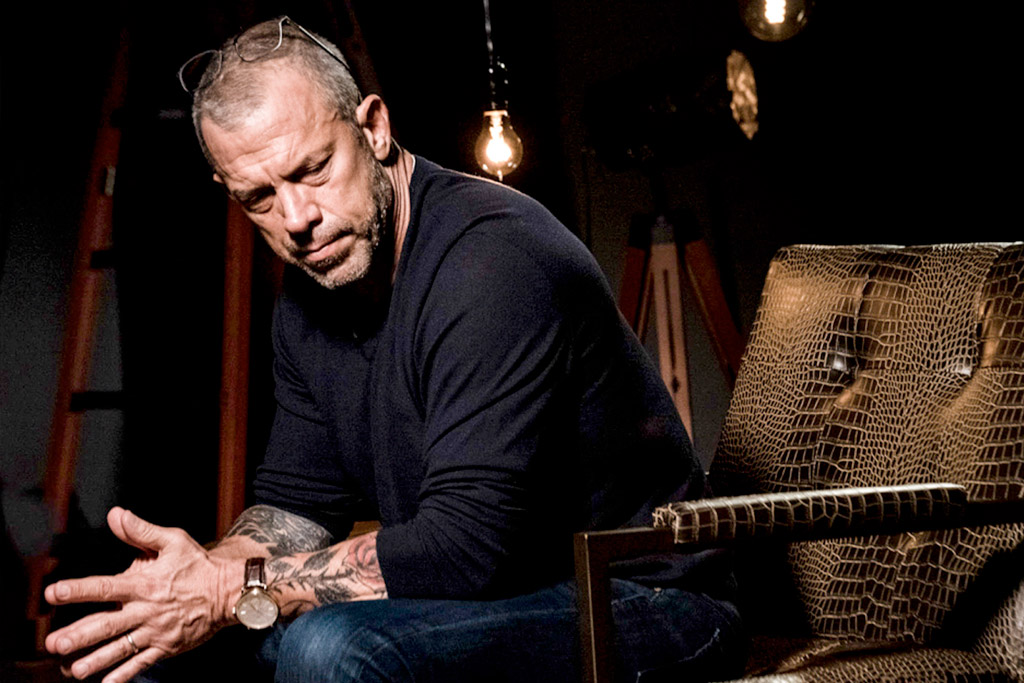
We are in a recession, possibly even a depression. Three months ago, the fundamentals of the economy were rock solid, but overnight this virus has created the need for social distancing as the only solution to slow its spread. With no vaccine in play, it is difficult to determine the horizon – the endgame, the light at the end of the tunnel. The lack of a horizon is what is impacting us. No one knows where The Other Side is.
Unemployment claims are climbing somewhere above 30 million. There are massive layoffs in nearly every industry. The second wave of layoffs are coming if there is no horizon quickly established. The first cuts, made by multi-national organizations and smaller businesses, were under the assumption that this would be over by the end of April.
Without a horizon, there is little that the government officials, corporate leaders and business owners can do. Businesses are drastically cutting expenses, reducing salaries, furloughing employees, stopped paying rent and mortgages, and adopted a “wait and see” bunker mentality as the only option. The far-reaching impact to the supply chain of the economy has been brutal – unprecedented, really.
Without a horizon, unemployment could reach 30 percent. As a reference point, at its highest peak, the unemployment rate during the Great Depression hit an estimated 25% in 1933.
There are a few scenarios as to what to expect. Which one eventually materializes will depend on many factors, such as the effectiveness of social distancing, government and CDC guidance on a slow re-entry into social engagement, medical therapeutic solutions to managing the virus, and an eventual vaccine being created, manufactured and distributed worldwide.
In the best scenario, there is a “magic bullet” vaccine that is quickly formulated and distributed, and we get the re-engagement of the economy in August. Because the fundamentals were so strong before the economy was driven off the COVID cliff, the markets recover, psychology of consumers snaps back, and the damage is mitigated to a certain extent. Re-employment slowly rolls out, and we emerge with a promising back end of 2020. Possible, yes. Probable, no.
The second best scenario is that by the summer, COVID has spread throughout the country. It’s eventually stopped with a combination of herd-immunity, social distancing in less populous cities that has been effective, tightly regulated domestic travel (perhaps all passengers and crew must have their temperatures checked before and after they board). We start slowly rolling out with limited social engagement. Workers are allowed back to offices and some retail businesses, but everyone is still donning masks, practicing 6-feet social distancing, and obsessively washing their hands. This gives the economy a shallow heartbeat and labored breathing, but at least we are off the proverbial ventilator. Possible, yes, and I like to think of this as the most probable outcome.
The worst scenario is that we discover no vaccine for the virus and therapies at best are slowing down the aggressive path of the virus once individuals contract it. Social distancing and “stay at home” orders remain in place through the summer and into the fall when the virus re-emerges, possibly in a dangerous, new mutated form.
It is difficult to imagine what the world looks like in this last scenario, but it’s like nothing you’ve even seen before. Managing expectations is key. At a personal level, how we respond can be controlled, even when the end of pandemic is nowhere in sight.





